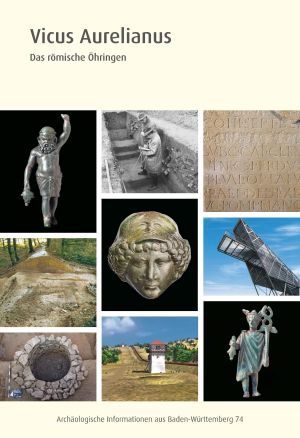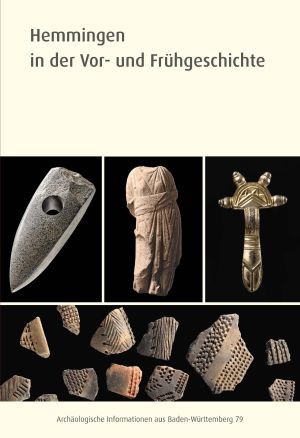Thiel, Andreas
Vicus Aurelianus: Das römische Öhringen
Öhringen around 200 AD: Several hundred soldiers in two forts guard the nearby Limes. Their families, traders and craftsmen live in the surroundings of the military camps. The settlement – named vicus Aurelianus – is an important sentinel of the Roman Empire on the border with the Germanic tribes. The importance of the site has been recognized by archaeology already during the 18th century. Christian Ernst Hanßelmann, one of the pioneers of archaeology of the Roman provinces, led the first excavations. He uncovered wall sections and recovered coins, ceramics, inscriptions and other finds. The Romans are still present in Öhringen today. The UNESCO World Heritage of the Roman Limes, the Weygang Museum, the Limes Views and the State Horticultural Show in 2016: We are reminded of the vicus Aurelianus in many ways.
Hemmingen in der Vor- und Frühgeschichte
The small town of Hemmingen, which today has a population of around 7300, is located 15 km north-west of the state capital Stuttgart. It lies in the “Strohgäu”, a landscape characterised by rolling hills and gentle valleys, between the central Neckar valley and the Black Forest foothills. The region's highly fertile loess soils have been used for agriculture since the beginning of the Neolithic some 7500 years ago and throughout all subsequent eras. Numerous finds of settlements of the first farmers as well as traces of the Celts, Romans and Alamanni illustrate thousands of years of settlement history in and around Hemmingen. This booklet is based on a series of lectures of the Local History Association in Hemmingen. In addition to a short outline of the local history of research, it offers a summarising overview of the most important periods of prehistory and early history and the archaeological monuments and finds by which they are represented in Hemmingen.








